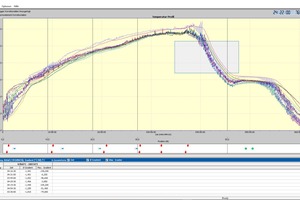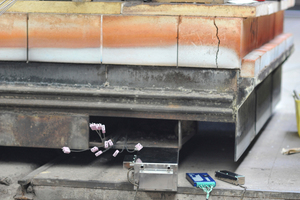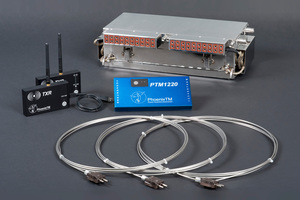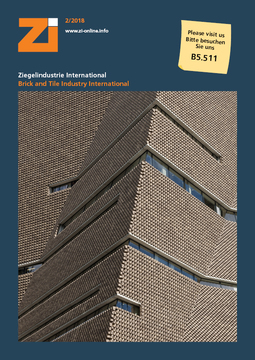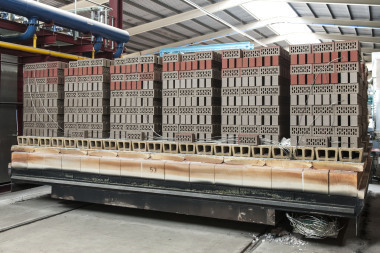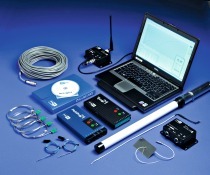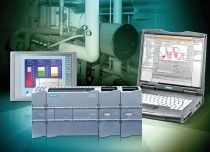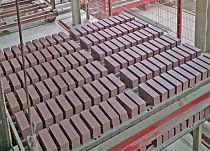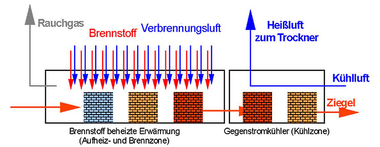Challenges of temperature monitoring in the ceramics
industry
“Hot box” temperature profiling and monitoring are commonly used for process monitoring in the ceramics industry. A data logger protected by an insulated thermal barrier allows the system to travel through a kiln together with the product being fired and records the temperatures at relevant points. Up to 20 thermocouples feed temperature data back to the data logger, which then, with the help of purpose-developed software, transmits the data to a computer so that these can be evaluated. The data can also be transmitted by means of RF telemetry direct from the process to the computer.
1 Benefits of direct in-process temperature profiling
Before it became possible to profile temperatures by means of hot box monitoring, measuring the temperature in a kiln was a complicated process. Feeding long trailing thermocouples through a continuous kiln was complicated and time-consuming, disrupting production. Moreover, a partly loaded kiln behaves differently than under production conditions and the long thermocouples are sensitive to electrical and magnetic influences. This added to the difficulty of evaluating the collected data.
With the introduction of the “Hot box” in-process...

